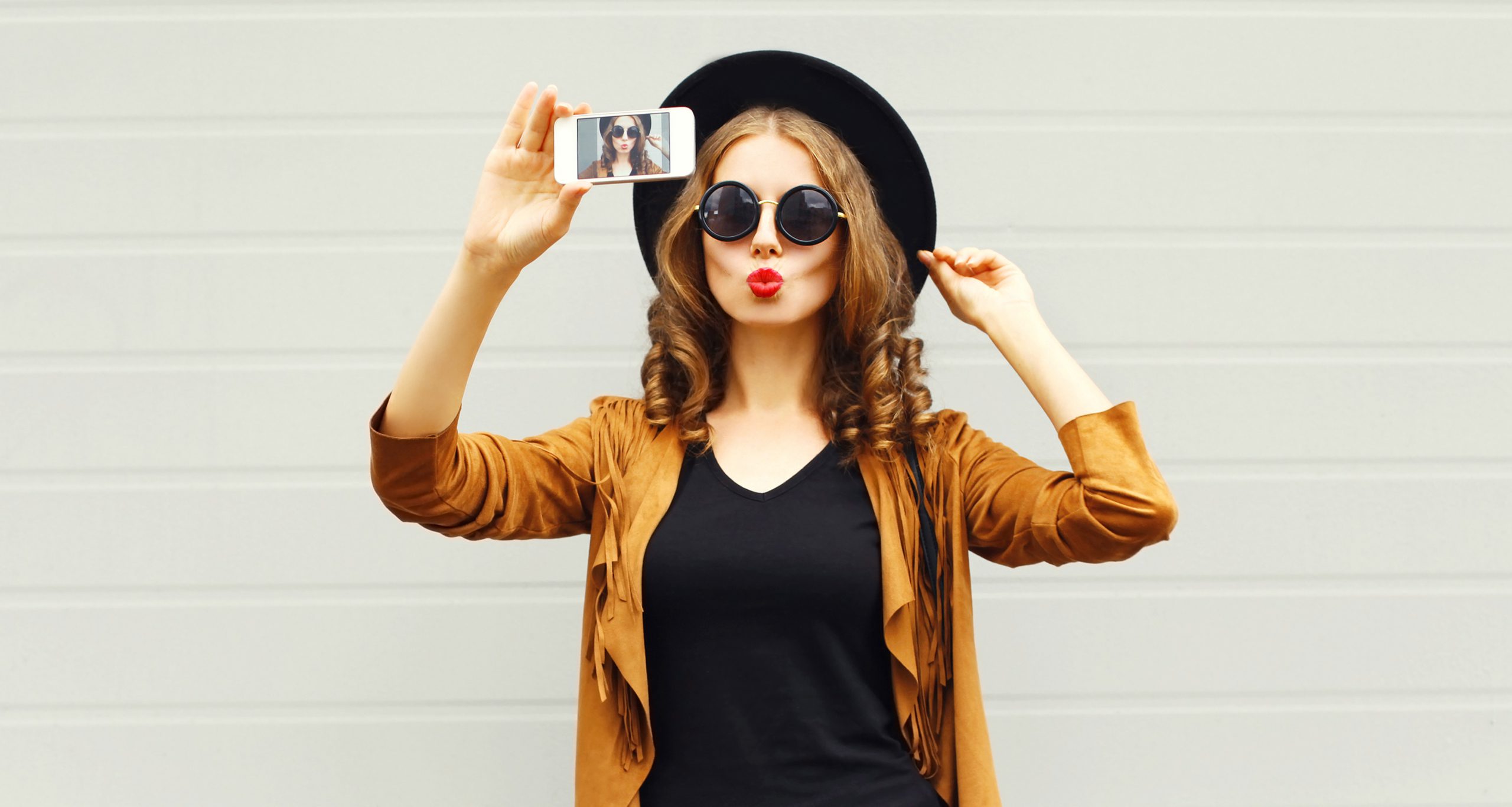

Struggling to find the perfect gift for a perfect mother? Worry not—here is a cheat sheet with the best gifts to surprise her this Mother’s Day.
Read more
Achieving the Perfect Selfie
Despite what you may think, being photogenic is not as much a genetic trait as a practised skill. So before bemoaning how you lost the selfie genetic lottery, make sure you’re considering the many elements that play a role in creating a picture-perfect selfie.
From environmental to technical, these steps can be a game-changer for your selfie game and give you the skills and confidence to get a perfect shot anytime, anywhere.
Lighting is the most essential aspect of photography for professionals and regular folks alike. Sadly, not all light sources are equal.
As a rule of thumb, natural sunlight is always better since it tends to hit your face at even angles, which enhances your features equally. However, artificial light can also mimic this effect by using ring lights.
Always face the light source so it can highlight your face better and avoid having light hit you from an angle. Likewise, avoid harsh lights such as direct sunlight and bright kitchen lights.
Pro Tip: The best natural light for photography comes when the sun is at its lowest—right after sunrise or an hour before sunset. Photographers call this the “golden hour.”
On par with the importance of light come the dangers of shadows. Lighting is crucial because the wrong light source can cast shadows on your face, which may completely alter your features.
For example, harsh light coming from the side can make your nose cast a shadow against your face, and a bright bulb from above can enhance the irregularities of your under-eyes. Pimples, large pores, or wrinkles can seem far worse than they are if enhanced by the shadows they cast.
Facing a soft light source directly will soften any shadows and, in turn, create a more even impression.
Pro Tip: Not all shadows are sinister. Suitable light sources, such as soft sunlight, can cast delicate shadows that enhance beauty.
Beauty is all about symmetry, but the bad news is that our faces rarely are. We all have asymmetrical features—one side of our face is not always identical, and photos where you look straight up at the camera may make it easier to pinpoint.
As such, all the best selfies always have a slight angle to them, which keeps the eye away from comparing symmetries from one side of the face to the other. It also allows you to put forward your best features and hide away anything you’d like.
The best angle is always personal, but turning your face slightly to the side is an excellent place to start.
Pro Tip: Every person has a “good angle” for photos, depending on the side with the most symmetrical features. Try to find out yours by taking selfies at different angles.
The further the camera is from your face, the better you will look in your selfies.
Cameras—not just your phone—cause forced perspective. In its attempt to capture everything it “sees,” things can become distorted to make them fit in a two-dimensional image. That is why things close to the camera look large and further away from it look smaller.
Now, picture it in regards to your selfies. If the camera is close to your face, whatever is closest will appear larger than it is—usually your nose. Likewise, anything further away from the lens, such as the ears, will look smaller. The result is a distorted photo that will not capture the actual proportions of your face.
Pro Tip: A selfie stick is an invaluable ally, as is the timer feature on your camera app. Both tools can help add some distance between you and your phone.
While the previous tips can make a world of difference in your photos, at the end of the day, your body language and relationship with the camera can truly make or break your selfie.
A natural smile is always best, as it transmits your warmth and genuine joy. However, you can always practice your best smile by looking in the mirror or taking photos. Whether it is a big toothy grin or a subtle smile, there’s bound to be something you like the most.
Likewise, don’t neglect your body posture. Standing tall with relaxed, rolled-back shoulders makes a world of difference in how you look, completely changing the way you come across in your pictures.
Pro Tip: When smiling, remember that eyes play a big role. Try to lift the corner of your eyes to add some warmth, otherwise you risk looking tense.
Despite how intimidating they can be, perfect selfies are not rocket science—they’re just a combination of basic elements. Once you understand light, perspective, background, and poses, you will be able to turn a normal picture into a beautiful masterpiece worth sharing.
However, keep in mind that theory is not enough. After understanding these tips we gave you, you’ll have to experiment and practice different poses, expressions, light combinations, and backgrounds.
Through trial and error, you will ace your selfie game with minimal effort and maximum aesthetics.